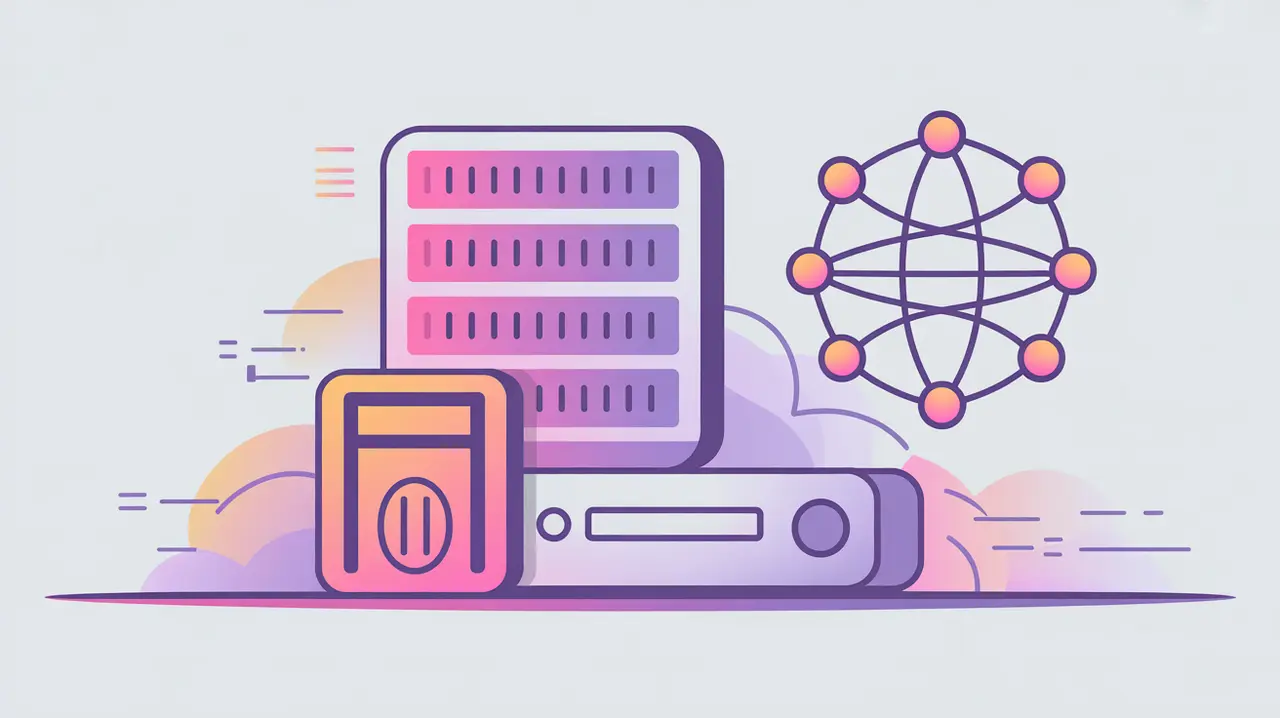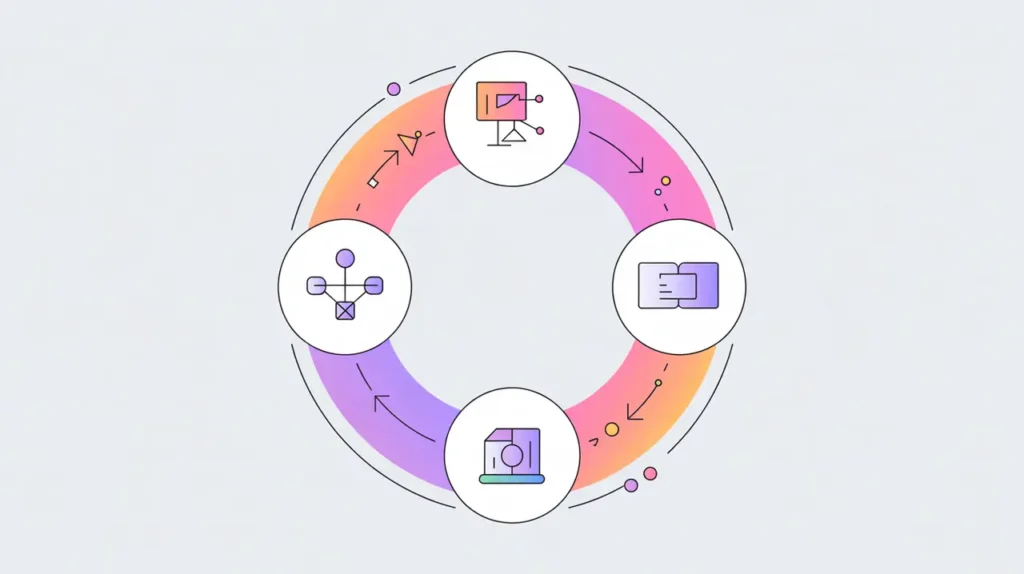Importance of Caching and CDNs
Caching and Content Delivery Networks (CDNs) are techniques used to improve the speed and reliability of digital systems. Caching stores frequently used data closer to where it is needed, reducing the time required to retrieve it. CDNs extend this principle globally by distributing cached content across servers located near users. Their importance today lies in meeting user expectations for fast, seamless digital experiences, especially as data and AI-powered applications become more complex.
For social innovation and international development, caching and CDNs matter because they help organizations deliver reliable digital services even in low-bandwidth or geographically dispersed contexts. By reducing latency and conserving bandwidth, these tools make platforms more accessible and sustainable for communities with limited connectivity.
Definition and Key Features
Caching can occur at multiple levels, including browsers, applications, and databases. It temporarily stores items such as web pages, images, or query results so they can be served instantly instead of recalculated or re-fetched. CDNs are networks of distributed servers that deliver cached content from the server physically closest to the user, improving speed and reducing load on origin systems.
They are not the same as replication, which duplicates entire databases or systems for redundancy. Nor are they equivalent to permanent storage, since cached items are designed to expire or refresh after a set period. Instead, caching and CDNs are performance optimizers, ensuring that frequently requested content is delivered quickly and efficiently.
How this Works in Practice
In practice, caching strategies include in-memory caches like Redis or Memcached, page caching for static content, and query caching for database results. CDNs work by routing user requests through edge servers, which serve cached content when available and fetch fresh content from origin servers when needed. Together, they reduce load on central systems, lower costs, and improve user experience.
Challenges include cache invalidation, ensuring that stale content is not served to users. Overuse of caching without clear policies can also cause errors or data inconsistency. Effective deployment requires balancing freshness with performance, tailoring cache strategies to application needs and user expectations.
Implications for Social Innovators
Caching and CDNs enable mission-driven organizations to extend reach and improve reliability. Education platforms can deliver online lessons and videos smoothly to students in rural areas. Health initiatives can use caching to make medical guidelines instantly available offline in local clinics. Humanitarian agencies can leverage CDNs to distribute crisis updates globally without overwhelming central servers.
By bringing information closer to users, caching and CDNs ensure that vital knowledge and services remain accessible, even in bandwidth-limited or geographically dispersed environments.







